Humans can remember various types of information, including facts, dates, events and even intricate narratives. Understanding how meaningful stories are stored in people’s memory has been a key objective of many cognitive psychology studies.


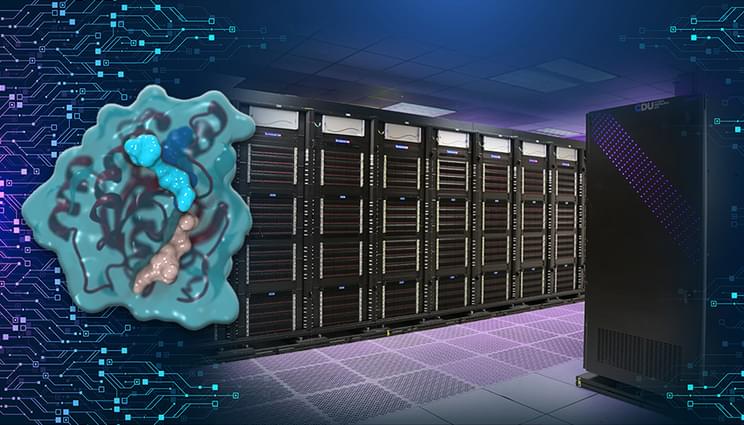
A new cancer drug candidate developed by Lawrence Livermore National Laboratory (LLNL), BBOT (BridgeBio Oncology Therapeutics) and the Frederick National Laboratory for Cancer Research (FNLCR) has demonstrated the ability to block tumor growth without triggering a common and debilitating side effect. In early clinical trials, the compound, known as BBO-10203, has shown promise in disrupting a key interaction between two cancer-driving proteins — RAS and PI3Kα — without causing hyperglycemia (high blood-sugar levels), which has historically hindered similar treatments. Published in Science

Matthew Berman
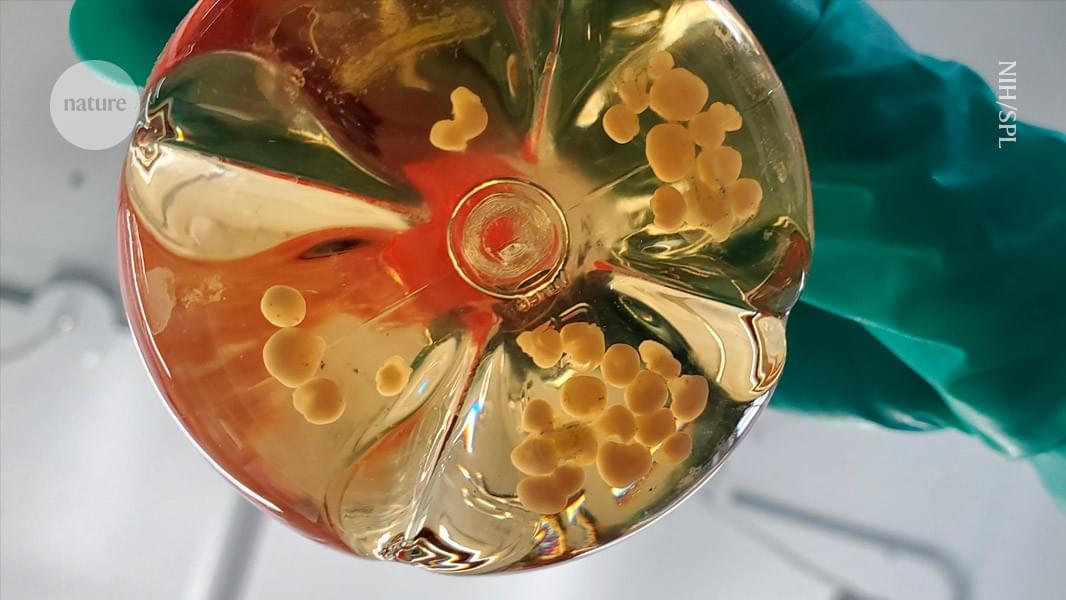
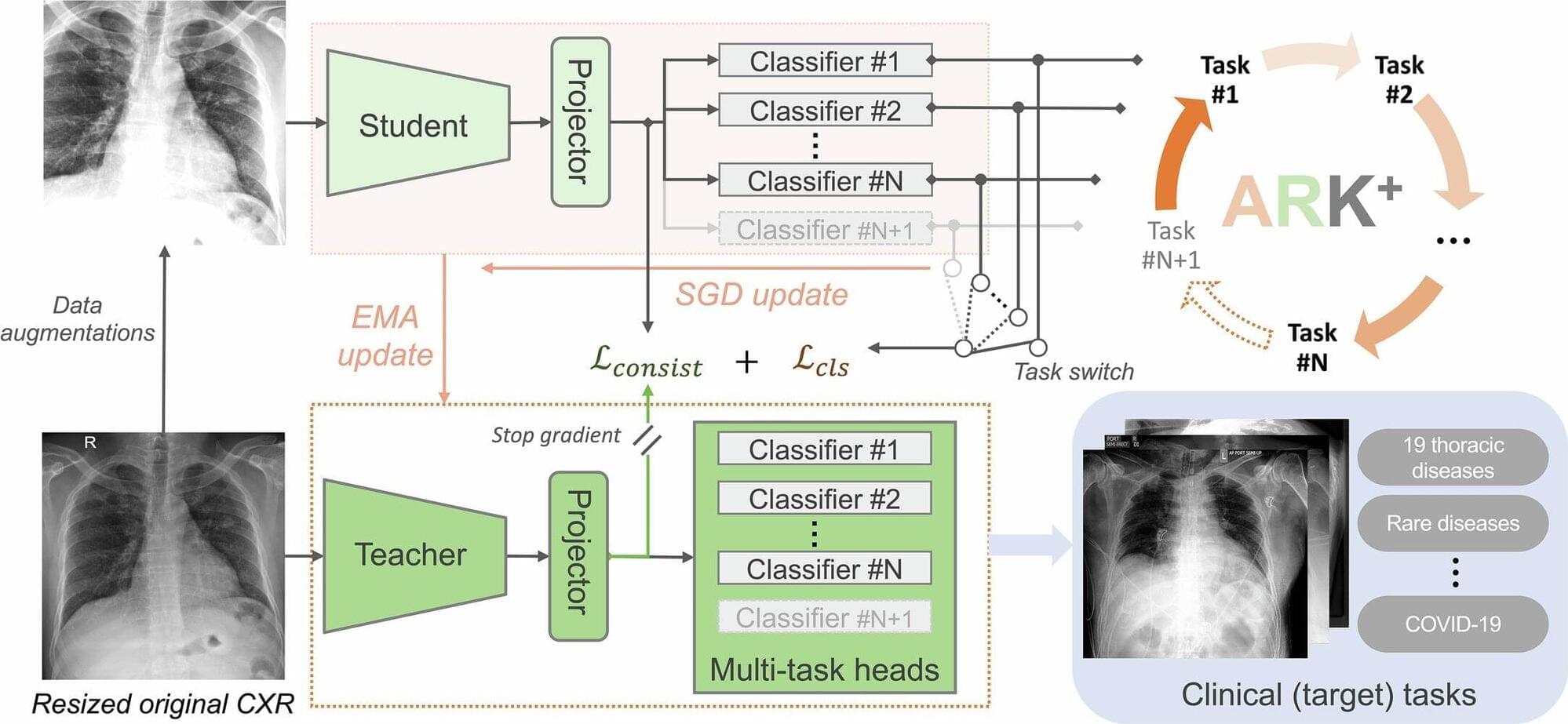
Can artificial intelligence (AI) potentially transform health care for the better?
Now, rising to the challenge, an Arizona State University team of researchers has built a powerful new AI tool, called Ark+, to help doctors read chest X‑rays better and improve health care outcomes.
“Ark+ is designed to be an open, reliable and ultimately useful tool in real‑world health care systems,” said Jianming “Jimmy” Liang, an ASU professor from the College of Health Solutions, and lead author of the study recently published in Nature.
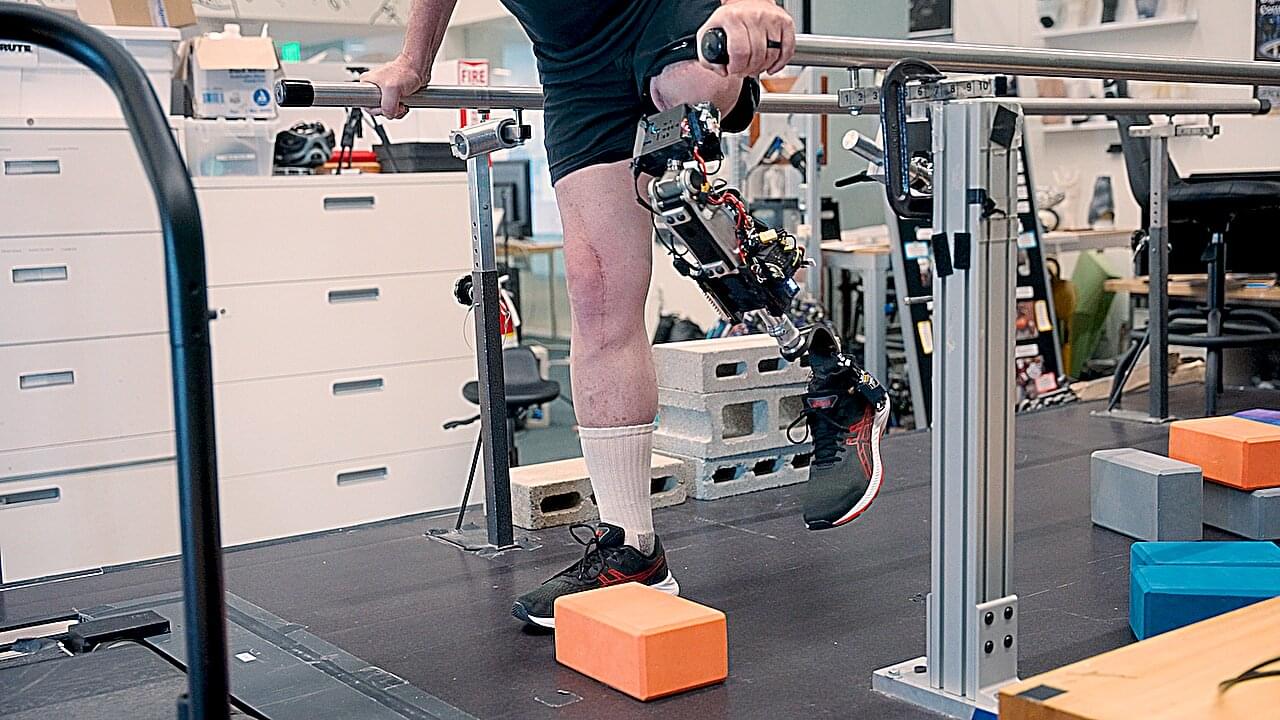
A new bionic knee allows amputees to walk faster, climb stairs more easily, and adroitly avoid obstacles, researchers reported in the journal Science.
The new prothesis is directly integrated with the person’s muscle and bone tissue, enabling greater stability and providing more control over its movement, researchers said.
Two people equipped with the prosthetic said the limb felt more like a part of their own body, the study says.
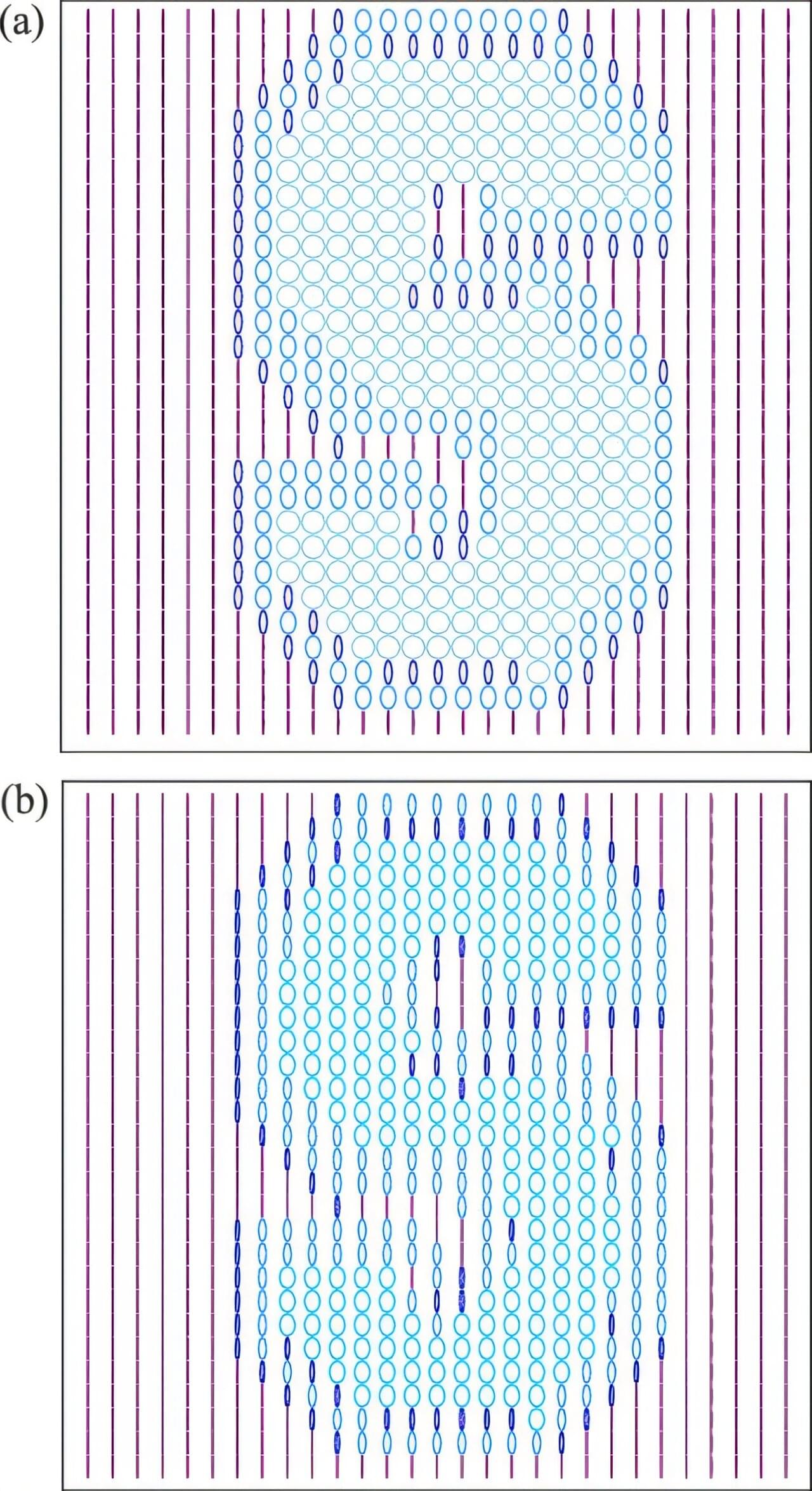
Since its development 100 years ago, quantum mechanics has revolutionized our understanding of nature, revealing a bizarre world in which an object can act like both waves and particles, and behave differently depending on whether it is being watched.
In recent decades, researchers exploring this wave-particle duality have learned to measure the relative “wave-ness” and “particle-ness” of quantum objects, helping to explain how and when they veer between wave-like or particle-like behaviors.
Now, in a paper for Physical Review Research, researchers at the Stevens Institute of Technology report an important new breakthrough: a simple but powerful formula that describes the precise closed mathematical relationship between a quantum object’s “wave-ness” and “particle-ness.”
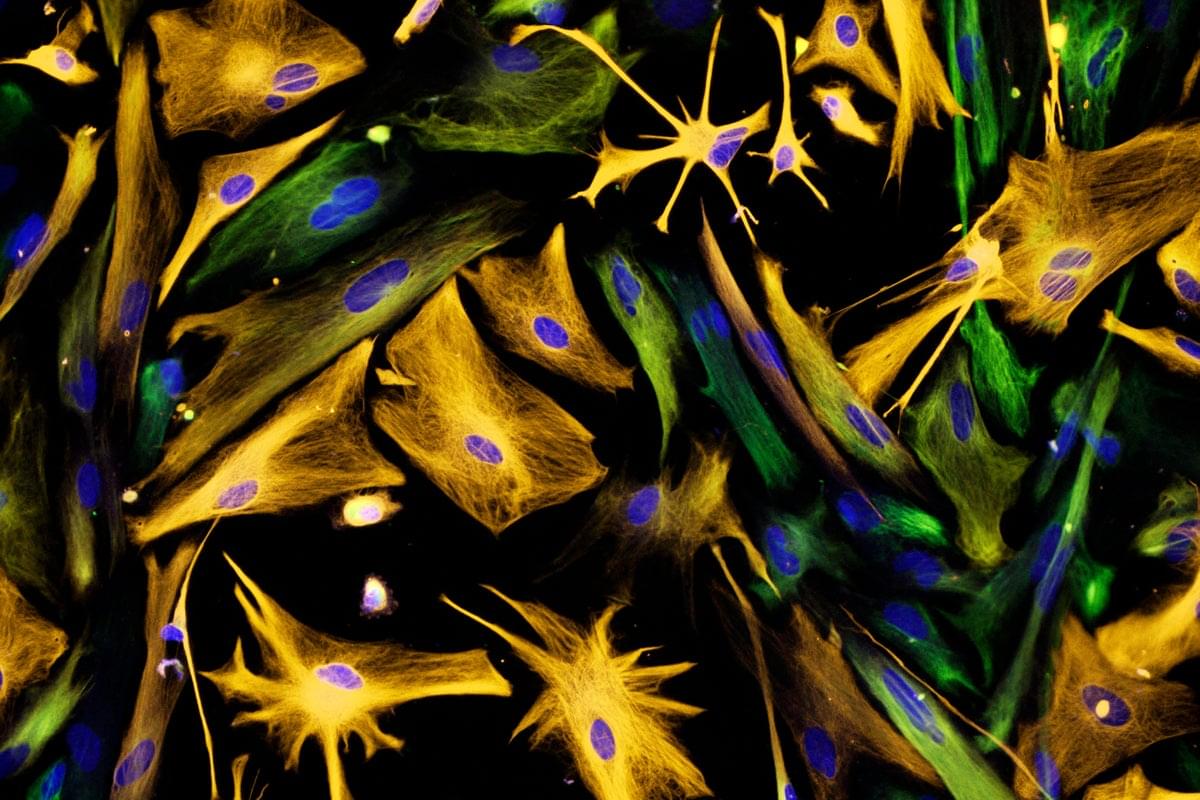
Anders Sandberg joins me to discuss superintelligence and its profound implications for human psychology, markets, and governance. We talk about physical bottlenecks, tensions between the technosphere and the biosphere, and the long-term cultural and physical forces shaping civilization. We conclude with Sandberg explaining the difficulties of designing reliable AI systems amidst rapid change and coordination risks.
Learn more about Anders’s work here: https://mimircenter.org/anders-sandberg.
Timestamps:
00:00:00 Preview and intro.
00:04:20 2030 superintelligence scenario.
00:11:55 Status, post-scarcity, and reshaping human psychology.
00:16:00 Physical limits: energy, datacenter, and waste-heat bottlenecks.
00:23:48 Technosphere vs biosphere.
00:28:42 Culture and physics as long-run drivers of civilization.
00:40:38 How superintelligence could upend markets and governments.
00:50:01 State inertia: why governments lag behind companies.
00:59:06 Value lock-in, censorship, and model alignment.
01:08:32 Emergent AI ecosystems and coordination-failure risks.
01:19:34 Predictability vs reliability: designing safe systems.
01:30:32 Crossing the reliability threshold.
01:38:25 Personal reflections on accelerating change.